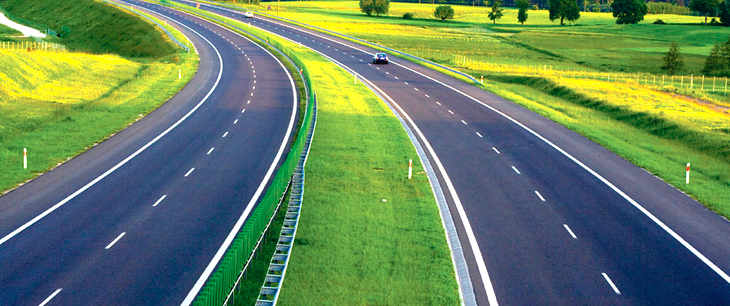(VVOworld) – Promoting investment and public private partnership (PPP) projects is extremely important, given the current economic difficulties. The cooperation model has opened up opportunities to mobilize capital from the private sector for infrastructure construction projects and lower the burden on the state budget. Creating favorable conditions for investors to implement PPP projects will boost the national economy.
In 2010 the Prime Minister signed a decision promulgating regulations on pilot investments using the PPP model, laying a legal foundation for realizing public-private cooperation in Vietnam.
 |
| Dau Giay Highway Project, the first PPP project (Photo: amchamvietnam.com) |
Under the decision, investors and bidders enjoy preferential treatment with regard to taxes, lending capital, non-refundable loans, the right to buy foreign currencies, and public services.
In 4 years numerous pilot projects have attracted a great amount of capital from the private sector for infrastructure development.
The Dau Giay Highway project (the DPEP) linking Dong Nai to Phan Thiet in Binh Thuan province, the first PPP project, has been designed as a 4-lane expressway in the first phase and 6 lanes in the second phase.
When the 100-km project is completed, it will shorten the distance from Ho Chi Minh City to industrial zones, seaports, and airports, and connect economic centers and tourism areas in the south central region.
The first selected investor, the Bitexco group, which specializes in real estate, hydropower, construction, and mining, has contributed 60% of the total investment capital. A second investor will be selected through an international competitive bidding process. The 757-million-USD project is scheduled for completion in 2018.
Deputy Minister of Transport Nguyen Ngoc Dong said: “bidding began early last year. All phases were implemented tightly, competitively, and transparently. Land clearance was conducted to ensure that the required land would be handed over to investors prior to the start of construction to reduce risks pursuant to international procurement and the World Bank regulations. ”
On this project, the government has spent 107 million USD for land clearance and the Prime Minister has signed a decision promulgating a management and implementation mechanism.
Bitexco President Vu Quang Hoi said the pilot project opens up a good opportunity for future investors and creates a channel to attract capital to areas where Vietnam remains weak.
Ho Chi Minh City, which leads Vietnam in rate of development, needs about 1.2 billion USD for urban infrastructure development, but the municipal budget can meet at most half of that.
Vu Quang Lam, Deputy Director of Ho Chi Minh City’s Financial Investment Company, said the PPP model is seen as the logical solution.
Lam said: “no province has enough capital sources to meet its development needs. The solution is to adopt appropriate policies to attract private capital for joint investment and development. We’re doing this and trying to diversify the forms of investment attraction. Since 2011, the Prime Minister has issued a directive on public re-investment and the Ministry of Planning and Investment has outlined a legal framework for public investment cooperation. These policies will reassure investors.”
According to the Ministry of Transport, Vietnam’s demand for transportation infrastructure construction is on the rise, and will require nearly 35 billion USD until 2020, almost double what was needed for the 2011 to 2015 period.
In the current economic climate, it’s impossible to find that much capital in the state budget, so expanding the PPP model has become a matter of necessity!